Why Time Is Running Out To Travel By Jeepney In The Philippines
Written by Jaillan Yehia
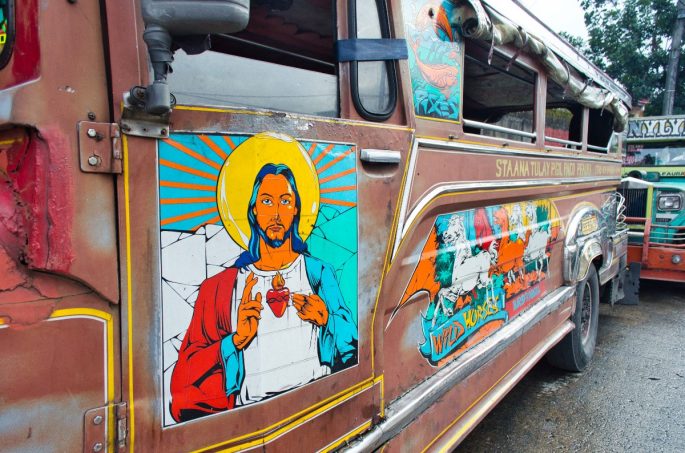
My favourite jeepney in The Philippines
Have you been to The Philippines yet? If you have already visited one of the world’s friendliest countries, maybe (like me) you are counting the days until you can go back?
Either way I have some news for you if travelling on The Philippines’ own signature transport system is high on your wishlist; the colourful jeepneys which define Manila’s streets are soon set to be phased out, meaning time’s not on your side if you’ve yet to see these iconic vehicles for yourself.
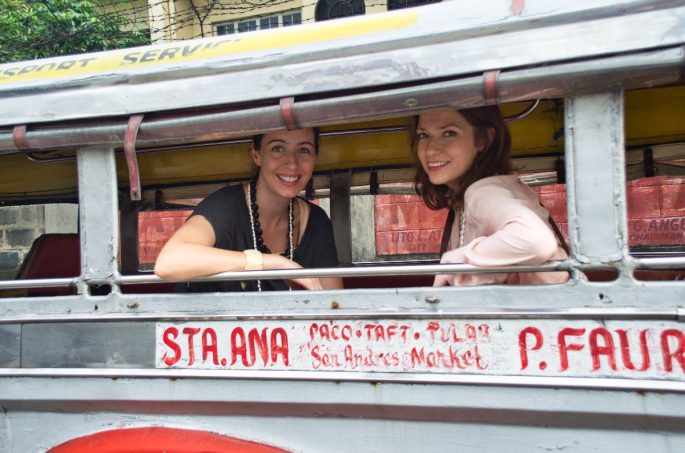
Metro Manila is home to around 180,000 jeepneys, and shoulder 40% of the public transport journeys taken by locals and travellers alike in the sprawling capital city. But where did the jeepneys come from, why are they so unique to Manila and The Philippines, and what’s the reason they’re soon going to disappear from the city streets?
The History of The Philippines’ Jeepneys
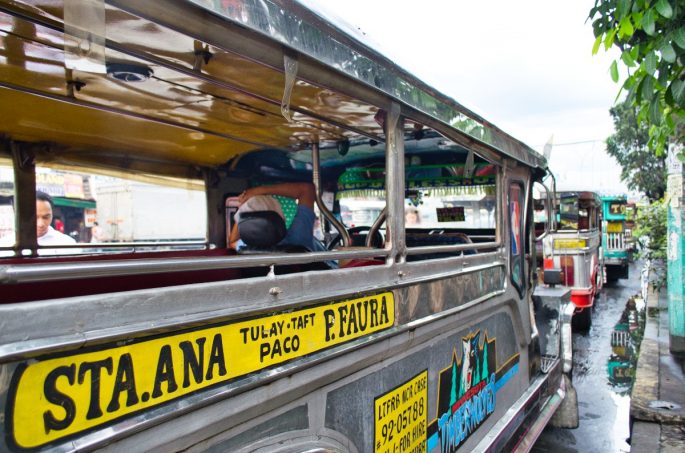
Jeepneys are totally unique to The Philippines, and that’s because they represent a typically industrious and unique Filipino attitude to solving a problem: when visiting US troops left The Philippines after WWII they also left a huge supply of abandoned military jeeps, but when faced with a challenge locals saw an opportunity.
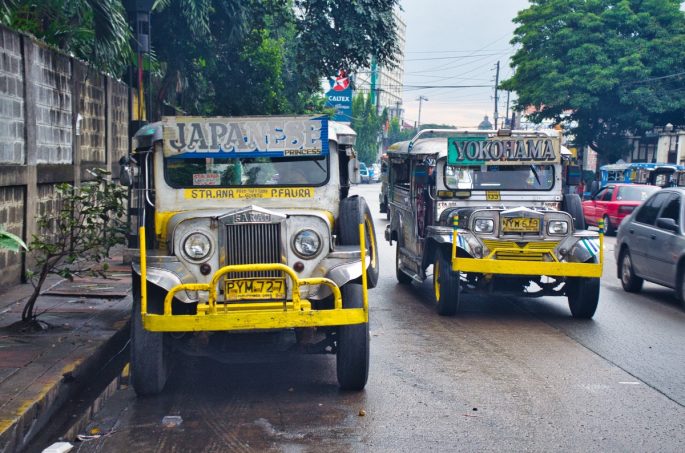
Mechanics soon started to modify the vehicles adding bench seats so that they could be used like buses – and today jeepneys are cheaper to ride and more plentiful than taxis, trains and buses in Manila and the surrounding area.
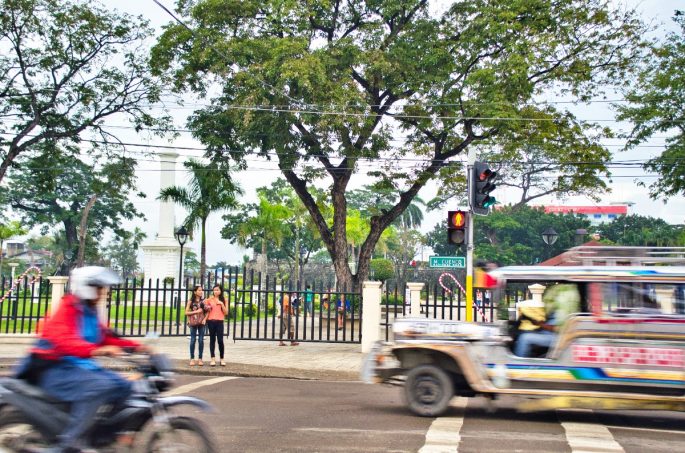
Filipino motor company Sarao have been responsible for making the jeepney a much-loved symbol of the country, both for Filipinos and tourists. What started as a small automotive shop refurbishing army jeeps, quickly became the Philippines’ pioneer jeepney manufacturer. Sarao Motors heir Edgardo Sarao now describes the jeepney as ‘the blood of the city… It circulates. It goes everywhere.’
How Did Jeepneys Become Symbols For The Philippines
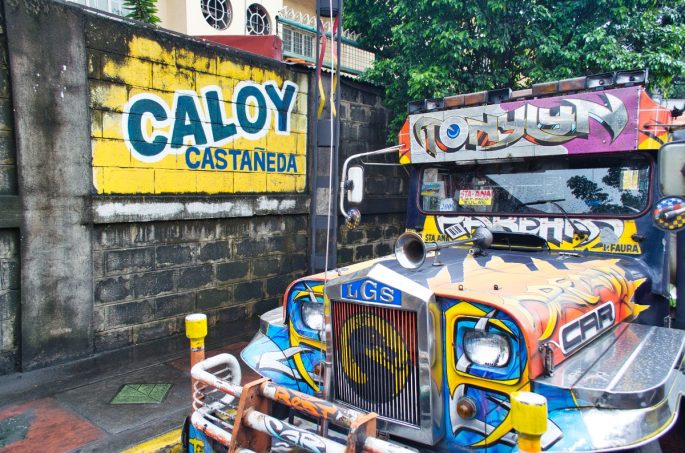
Back in 1964 at the New York World Fair the national symbol for The Philippines was a jeepney.
The unique colourful folk art, kitsch designs and hand-painted style captured travellers imaginations. The combination of industrious hard work, vibrant artistry and religious and cultural murals made the jeepney an iconic symbol of Filipino culture and art. Jeepneys tell a story that goes beyond a single journey from A toB.
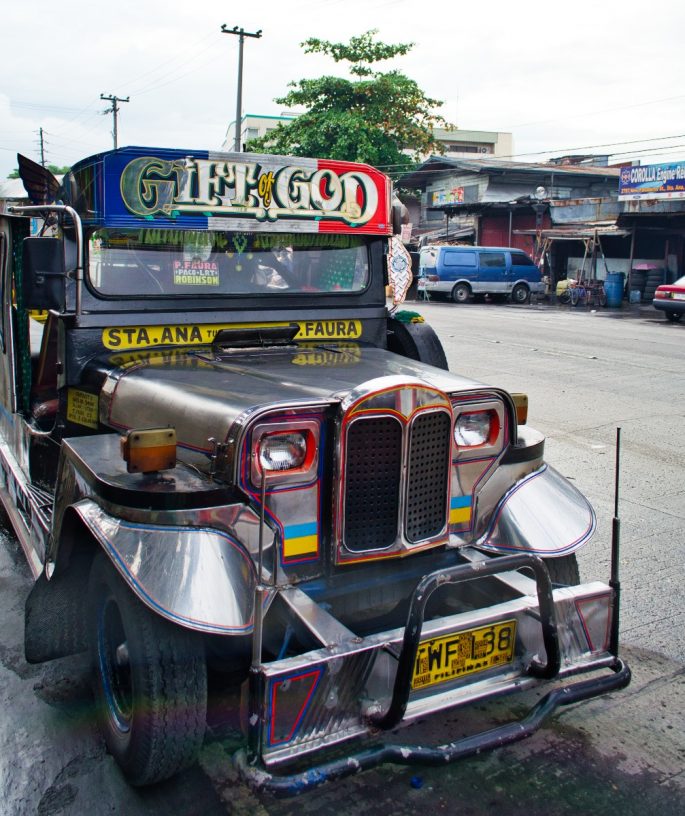
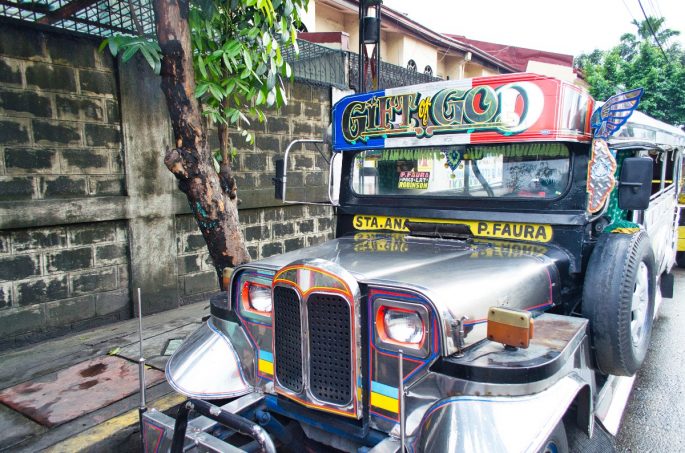
The fact that you rarely have to wait for one to come along, and that they can fit 15-25 passengers at once, as well as throwing in a cool breeze for free, with their open back design, is just a bonus.
So no trip to Manila – or anywhere else on the nation’s 7000+ islands – would be complete without a jeepney ride. I fell in love with the amazing, colourful jeepney designs while I was staying in Manila a few years ago – I found this the most fun and sociable way to travel in the city, as well as the easiest, and I never ran into any issues.
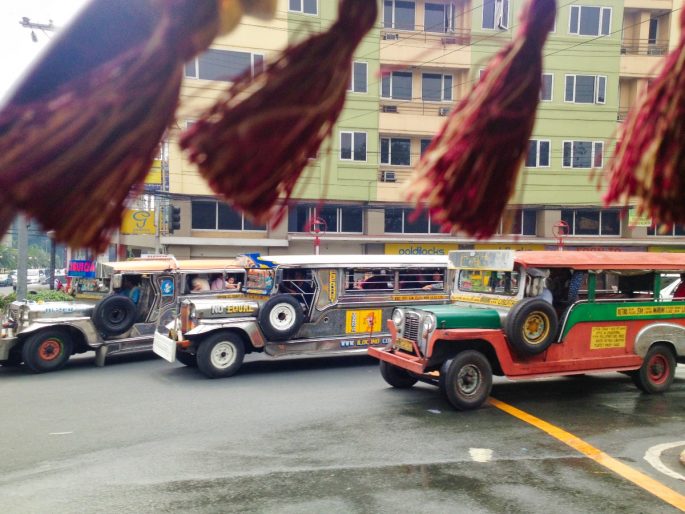
Even though my style of travel has changed and I now tend to prefer packages or luxury travel over backpacking and buses, I would still travel by jeepney – and learning that my chances may be limited already has me eyeing up all inclusive packages for 2019 so I can ride one again before the classic older Jeepneys are phased out by 2020.
So, Why Are Jeepneys Being Phased Out?
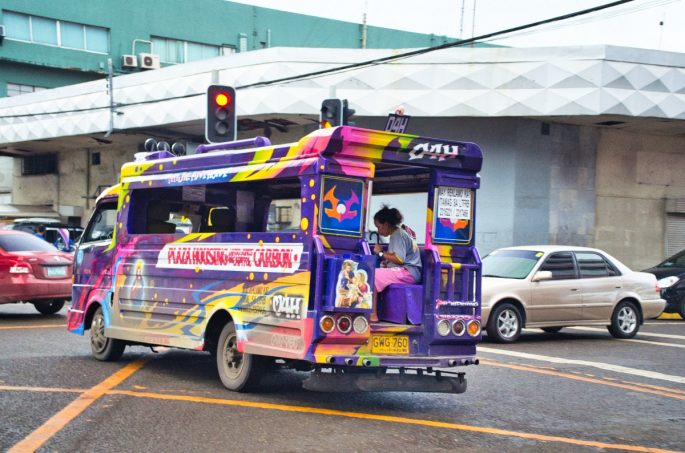
Traffic and pollution in any city of 13 million people is bound to be bad, and with the jeepneys, private cars, taxis and buses all fighting for space on the Manila roads, the problem is not going away anytime soon. So while we might love the jeepneys as tourists we have to balance that delight with the need for clean air for the 100 million+ population of The Philippines.
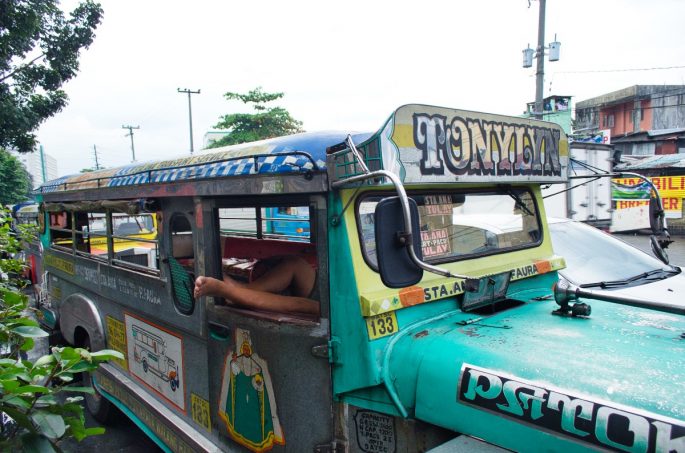
In a bid to make the mega metropolis greener politicians in The Philippines have targeted the often rickety and aged vehicles, and have announced that they want no jeepneys older than 15 years on the roads of one of the world’s most congested cities.
The argument is that accessibility for disabled travellers and lack of seatbelts and other safety features mean the classic chrome jeepneys have had their day.
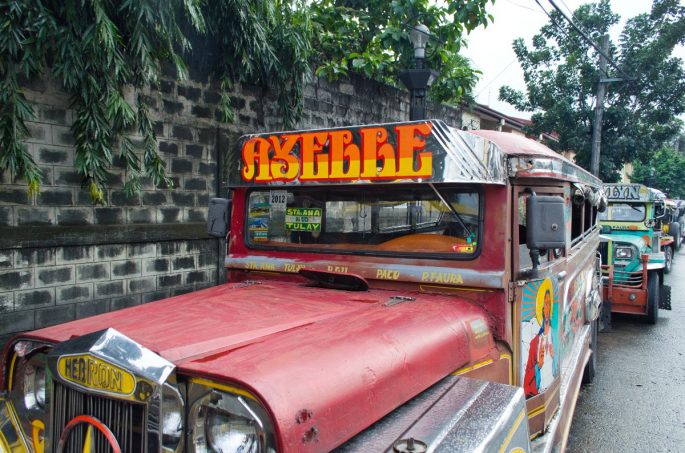
Instead the focus is on replacing them with modern, electric battery-powered ‘e-jeepneys’ which are cleaner and greener – but of course more expensive too – which isn’t ideal for the hard working, low-income jeepney drivers.

Whatever happens the number of older original and decorative jeepneys on the roads is bound to decline, so now is the time to head to The Philippines if this is something you want to try before it’s too late.
Have you taken a ride in a jeepney in The Philippines or would you like to?
Tags: The Philippines
Trackback from your site.




